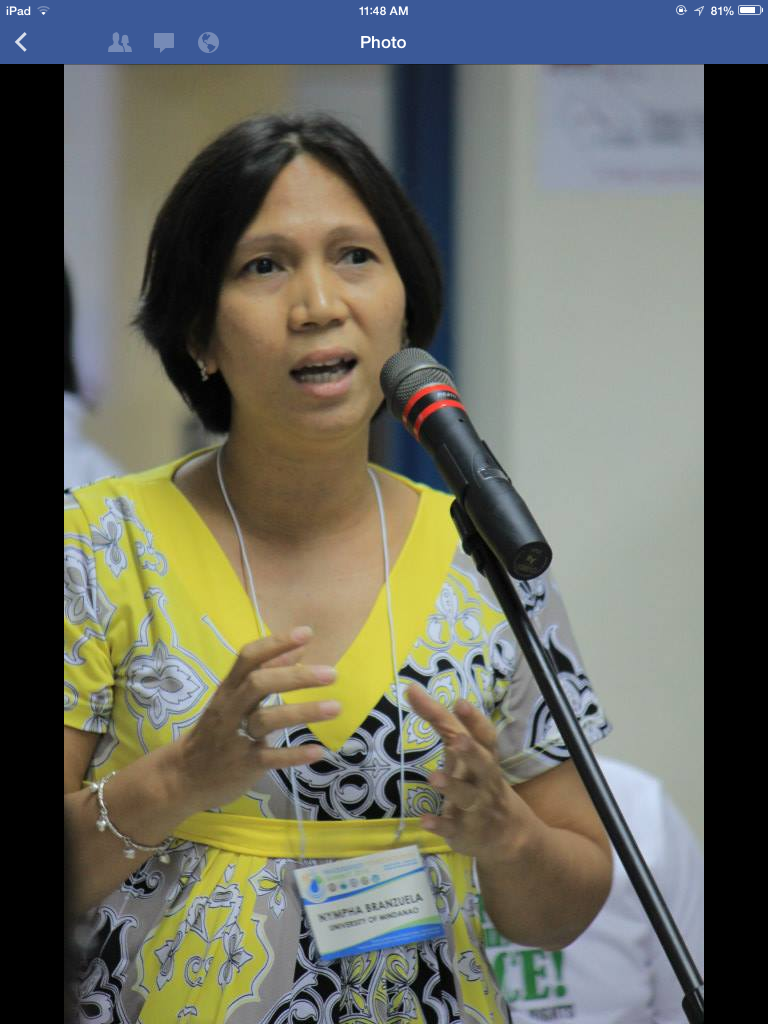ASIAN CLIMATE SCIENTISTS MEET
Jakarta, Indonesia
Nov. 16-21, 2014
The 1st WCRP (World Climate Research Programme) CORDEX Coordinated Regional climate Downscaling Experiment (CORDEX) Science and Training Program were attended by Southeast Asian Climate Scientists with the primary objective of coming with up high resolution climate change scenarios which is the core in the studies related to climate change impact, vulnerability, risk assessment at the local and regional scales. The said training was held in Citeko Training Center, Bogor. Furthermore, the SEACLID (Southeast Asia Climate Downscaling Experiment) /CORDEX aims to downscale a number of CMIP5 GCMs for Southeast Asia region through sharing-task basis among the institutions, countries involved, and later on expanding to other Asian regions and other parts of the world.
The group encourages and capacitate young scientists working on climate modeling and soon to published a peer-reviewed articles pertaining hereto and hopefully to be part in the IPCC working groups .
The Mission of CORDEX SEA are the following:
a. Proficiency of regional climate science
b. Visibility of local scientists to global arena (IPCC report)
c. Providing database of future climate change database to the region
d. Promoting young scientists to participate in the project
e. Upstreaming data for driving the downstream utilization of future climate data
f. Servicing sectoral of future climate change data
|
g. Better projection than statistical downscaling
Working on climate modeling and hydrologic modeling all the more boast my interest in shaping my niche: climate and hydrologic modeler. I firmly believed that coming up with the climate projection with uncertainties is much more better that coming up with baseless climate change adaptation. At a personal level and as a neophyte, challenges are expected along the way. Facing this inadequacy is something worthwhile specifically tracking climate change and its impacts.
Lastly, I am grateful and appreciative on how the organizers and sponsors made themselves available and willing to spend financially in order to convene climate scientists in the Southeast Asia region. This only shows how this pressing problem of our time causes every individual and organization to take decisive actions in order for us to be resilient from the threats of Climate Change Impacts.
Here are some of the photos taken during my visit.
|
||
















